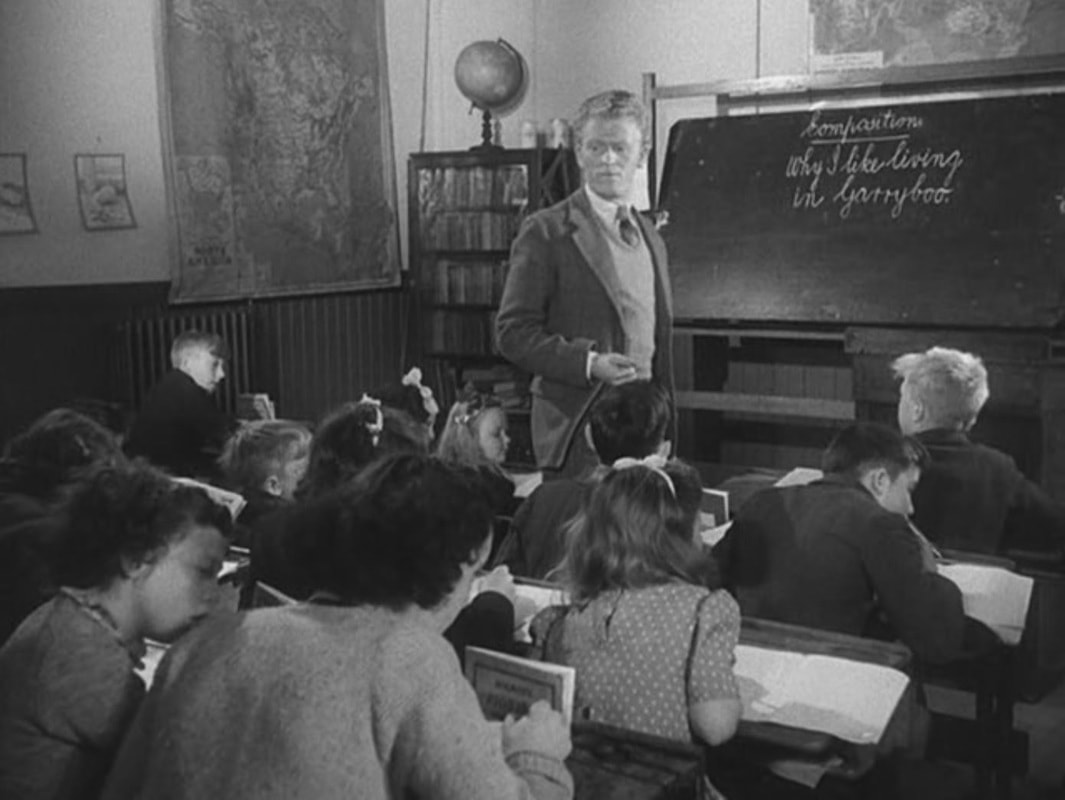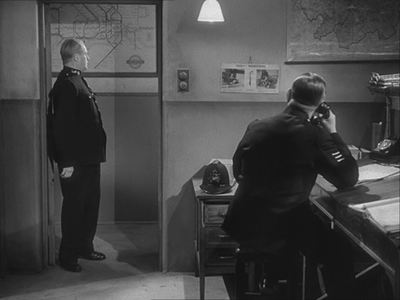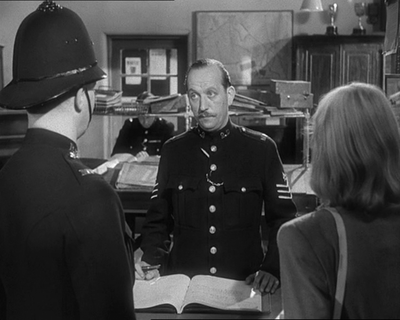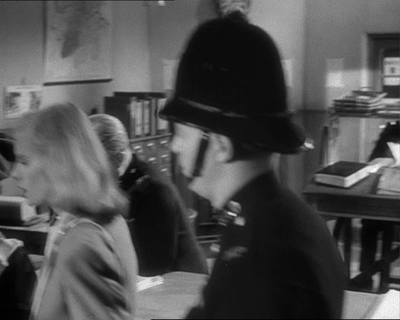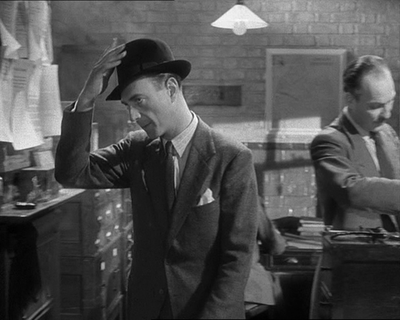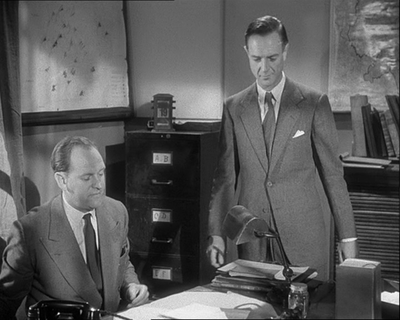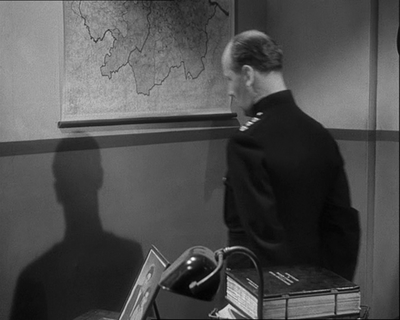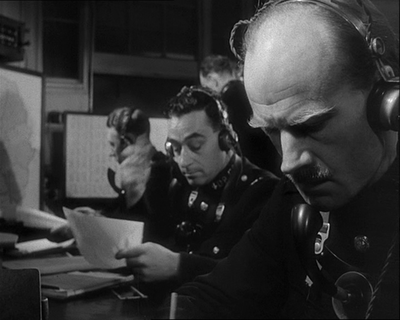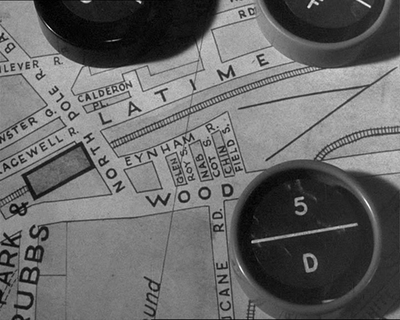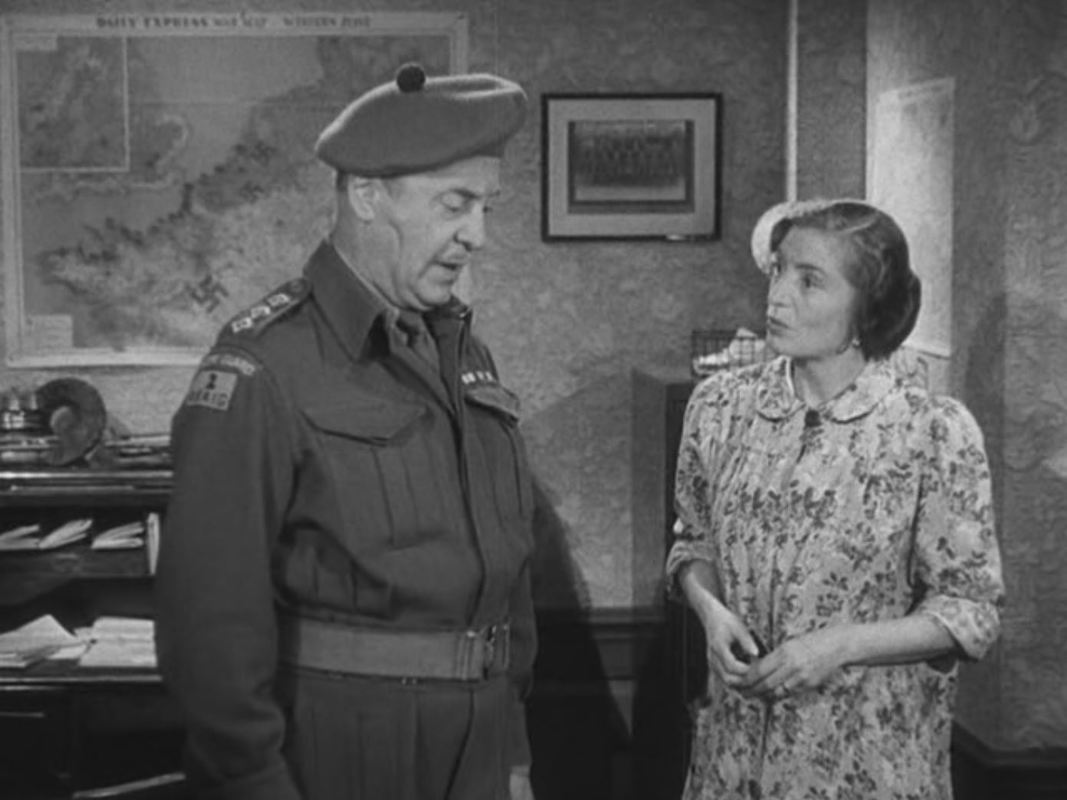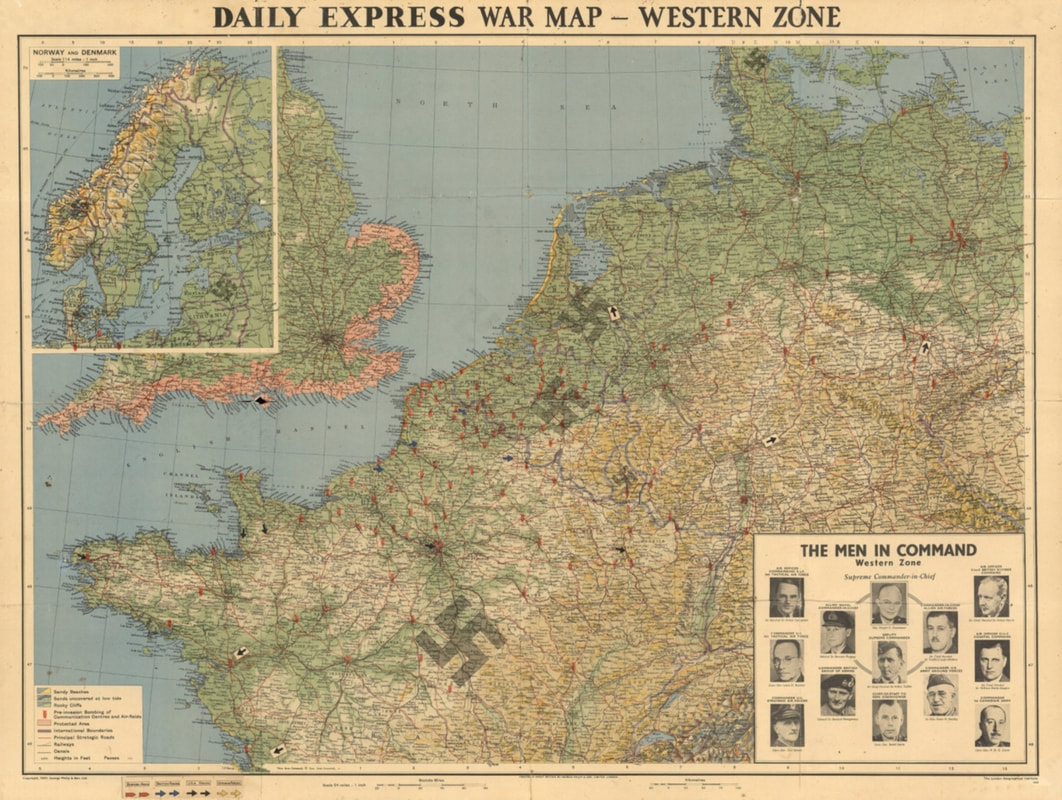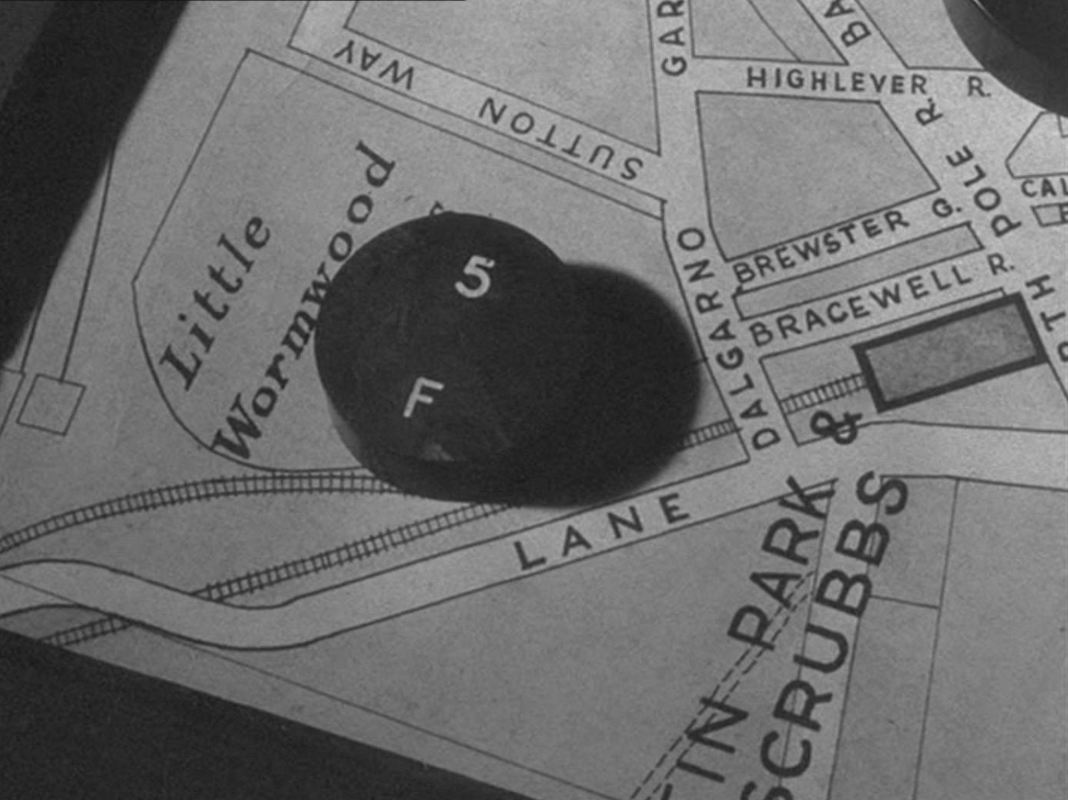Maps in Films: the View from Ealing
(This is the text of my guest blog for UCL's European Institute in 2016.)
The 600-and-counting maps in films amassed at The Cine-Tourist website can be classified in a number of different ways. Chronologically they stretch back from the most recent, in Jasek Lusinski’s Carte blanche (2015), to the earliest, in Georges Méliès’s La Lune à un mètre (1898).
They can be sorted according to type: globe, wall chart, page in an atlas, foldaway road map, illuminated route-finder in the métro, hand-drawn plan of a prison break, table-top plotting of a chase, and so on. And they can be sorted according to the places they represent, of course; most of the maps at The Cine-Tourist are of Paris, since that is the principal site of my research.
The significance attaching to a map in a film varies considerably, as we see when we classify maps according to how they are presented, from unobtrusive detail in background décor to extreme close-up filling the screen. Along that same scale we can position maps according to how they signify. As part of the décor they support the film’s claim to realism, helping us believe that an assemblage of objects in a studio really is a schoolroom or a police station. The schoolroom in Whisky Galore!, an Ealing Studios production from 1949, has at least four maps in it:
They can be sorted according to type: globe, wall chart, page in an atlas, foldaway road map, illuminated route-finder in the métro, hand-drawn plan of a prison break, table-top plotting of a chase, and so on. And they can be sorted according to the places they represent, of course; most of the maps at The Cine-Tourist are of Paris, since that is the principal site of my research.
The significance attaching to a map in a film varies considerably, as we see when we classify maps according to how they are presented, from unobtrusive detail in background décor to extreme close-up filling the screen. Along that same scale we can position maps according to how they signify. As part of the décor they support the film’s claim to realism, helping us believe that an assemblage of objects in a studio really is a schoolroom or a police station. The schoolroom in Whisky Galore!, an Ealing Studios production from 1949, has at least four maps in it:
The police station in The Blue Lamp, an Ealing production from 1950, is full of maps:
Presented in close-up, maps allow us to thematise the film’s topography. Here, from The Blue Lamp, is a map of Britain:
In the narrative, that distinctive compact mirror helps the police track down a murderer. Beyond the narrative, its significance is informed by cultural debates regarding the film’s provenance and address: are Ealing films national, regional or local? (local to London? to Ealing?). And does national mean, in this context, English or British? Such debates are framed by a larger context that includes ongoing post-war reconstruction, the upcoming Festival of Britain, and the nation’s future orientation – eastwards towards Europe or westwards towards the United States.
The Blue Lamp is a British film about Englishness; Whisky Galore! is a British film about Scottishness, more exactly about Scottishness in relation to England and to Europe. The maps in the film tell us as much, when we see that Scotland is not on the film’s one map of Europe:
Whisky Galore! is also about a more localised difference, signalled in the final credits that distinguish ‘The English’ from ‘The Islanders’. It is a film about its real location, the island of Barra in the Outer Hebrides, even if that place is given a fictional name in the film.
Similarly, The Blue Lamp is about the very specific locale in which the film is set and shot - just east of Ealing, between White City and the Edgware Road. The film’s locations have been thoroughly mapped by cine-tourists and other enthusiasts. At its climax, the film itself participates in that mapping. As the narrative’s pursuit of the murderer takes it from Little Venice to Wormwood Scrubs, a close-up of a map at the police station allows us to join in the plotting of the chase:
Similarly, The Blue Lamp is about the very specific locale in which the film is set and shot - just east of Ealing, between White City and the Edgware Road. The film’s locations have been thoroughly mapped by cine-tourists and other enthusiasts. At its climax, the film itself participates in that mapping. As the narrative’s pursuit of the murderer takes it from Little Venice to Wormwood Scrubs, a close-up of a map at the police station allows us to join in the plotting of the chase:
Many films have maps in them, and many films can be mapped, but this is a rare instance of a map in a film that is also a map of the film. Of the many different types of maps in films I have come across, this is my favourite type. It allows us to imagine that how we read a film is how a film reads itself. That is a pleasant and sometimes fruitful fantasy.
